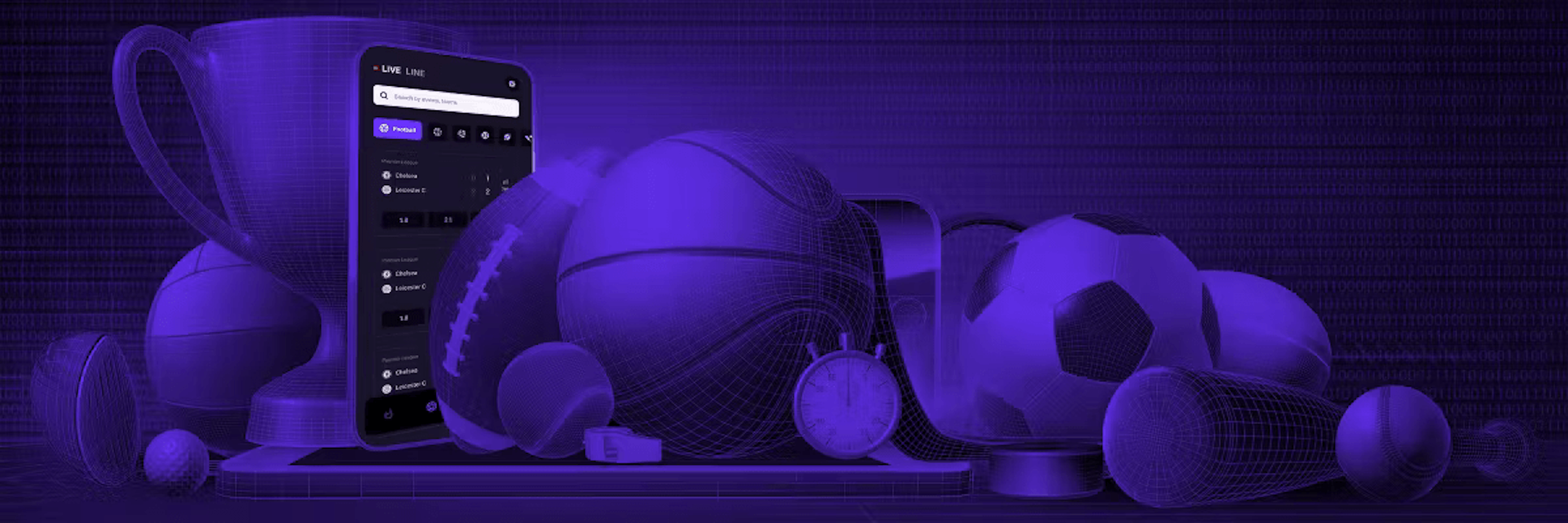
Michelle Gienow
Senior Technical Content WriterMichelle Gienow is a recovering journalist turned front end developer based in Baltimore, MD. She creates content around her central obsessions: Jamstack, distributed architecture and developing a cloud native mindset.
Payments
Database Evaluation Criteria for Payments Processing
When building a large-scale and highly available payments processing application or service, what exactly do you need from your database?

Michelle Gienow
June 20, 2024
Payments Processing: High Availability Without the Asterisk
When any large enterprise application processes millions of events per day, it is inevitable that something will eventually break. This is why, in software development, Murphy’s law is famous for obvious reasons: whatever can go wrong will, at some point, actually go wrong.

Michelle Gienow
June 6, 2024
System
How to build a payments system that scales to infinity (with examples)
Everybody, from banking applications to retailers to SaaS applications, deals with payment processing. But architecting a system that can deal with payments at scale is challenging.

Michelle Gienow
May 8, 2024
True Tales of Survival: Twenty Years of (Server) Solitude

Michelle Gienow
February 14, 2024
Product
A sports betting app saved millions switching from PostgreSQL to CockroachDB
The challenges facing sports betting platforms are rigorous: they have to be fast and consistent in a way that’s similar to high-frequency trading platforms. At the same time, they have a variety of data-locality requirements to comply with depending on which states or countries they serve. In this blog, we’ll look at a real-world example of a North America-based sports betting platform that designed a gaming and sports betting architecture that not only meets the performance, consistency, and compliance requirements of the industry; but also enabled the business to swiftly enter new regional markets without requiring a massive engineering effort.

Michelle Gienow
February 9, 2024
No Dirty Reads: Everything you always wanted to know about SQL isolation levels (but were too afraid to ask)
Every relational database needs to establish a balance between accuracy and performance. Transaction isolation levels have a direct, though often unrecognized, impact on both.

Michelle Gienow
February 8, 2024
Scale & Resilience
Performance
What is distributed SQL? The evolution of the database
Distributed SQL combines the consistency and structure of the early relational databases with the scalability, survivability, and performance first pioneered in NoSQL. Distributed SQL databases like CockroachDB use this architecture to provide a single logical database that replicates data across multiple physical nodes at any scale, on any infrastructure, and anywhere in the world.

Michelle Gienow
February 1, 2024
Physical Cluster Replication: Your Disaster Recovery Plan
When you are an enterprise application owner, whether architect or operator, regional survivability is at the top of your list of must-have database features.

Michelle Gienow
January 29, 2024
Product
Top Three Reasons Behind Database Migrations
I recently moved into a new house. Boxes are everywhere. Little pieces of styrofoam surprise me everywhere I go. There are many noises I don’t recognize or understand. And the drill I’d forgotten I even owned now occupies a prime spot on my kitchen counter. I use it daily. I didn’t move to a new house because I thought moving would be fun, or even easy. I knew it would be a lot of work. I moved because my family needed more space. Which is just one of many reasons someone might decide to endure the pain of moving: Cost. Quality of life. Proximity to the people/places that are important to you.

Michelle Gienow
January 24, 2024








